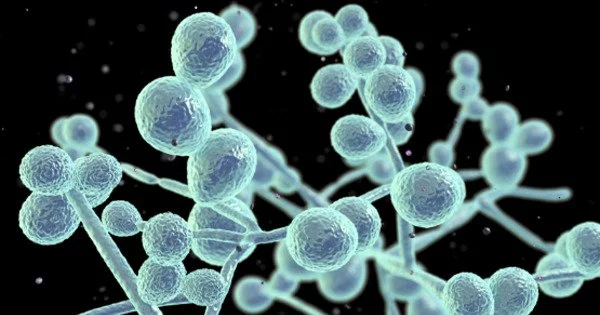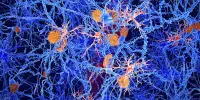Tokyo (Japan), March 16 (ANI): When it comes to cell kinds, stem cells essentially have limitless potential. These self-renewing cells, which may give birth to every cell type in the body, live in niches, which are specialized microenvironments. The characteristics of the neural Representative Image stem cell niche, the brain’s home for stem cells, have recently received new insight from researchers in Japan.
New research from the Tokyo Medical and Dental University (TMDU) examined the effects of hypoxic (low oxygen) conditions on the brain stem cell niche during development.
The brain and nerve system’s cells are derived from neural stem and progenitor cells (NPSCs). It is well known that NSPCs live in a hypoxic niche, which means that their oxygen content is lower than that of the tissues around them. It is not completely obvious how NSPCs retain their position within this niche or its makeup. The TMDU-led study team used a cell culture model of NSPCs isolated from the forebrains of embryonic mice to explore the impacts of low oxygen conditions within the neural stem cell niche. Under low-oxygen and high-oxygen circumstances, they cultured these cells into neurospheres, or free-floating stem cell groups.
The co-lead author of the research, Taichi Kashiwagi, says that the findings were “striking,” with considerably more neurosphere development being seen under hypoxic circumstances as compared to normoxic conditions. “This prompted us to investigate the variables that affect the survival and growth of NSPCs in hypoxic environments.
Vascular endothelial growth factor-A (VEGF-A) was considered by the experts as a possible candidate. The number of neurospheres that formed in the NSPC cultures was greatly boosted when the study team added VEGF-A. On the other hand, the rise in neurosphere development under low oxygen circumstances was reduced by blocking VEGF-A with a drug inhibitor. Additionally, it was discovered that reduced oxygen levels increased the production of VEGF-A in NSPCs.
Tetsuya Taga, the lead author, reports that they discovered that NSPCs treated with VEGF-A displayed decreased rates of cell death and enhanced cell proliferation. In reduced oxygen environments, VEGF-A is a factor that “appears to contribute to NSPC maintenance.” These results suggest that under hypoxic circumstances, NSPCs produce VEGF-A that contributes to the maintenance of their own population. These findings provide novel insight into the makeup of the neural stem cell niche during development and may lay the groundwork for future research on the self-organization of the hypoxic niche, even though other variables may also play a role in NSPC maintenance.
















